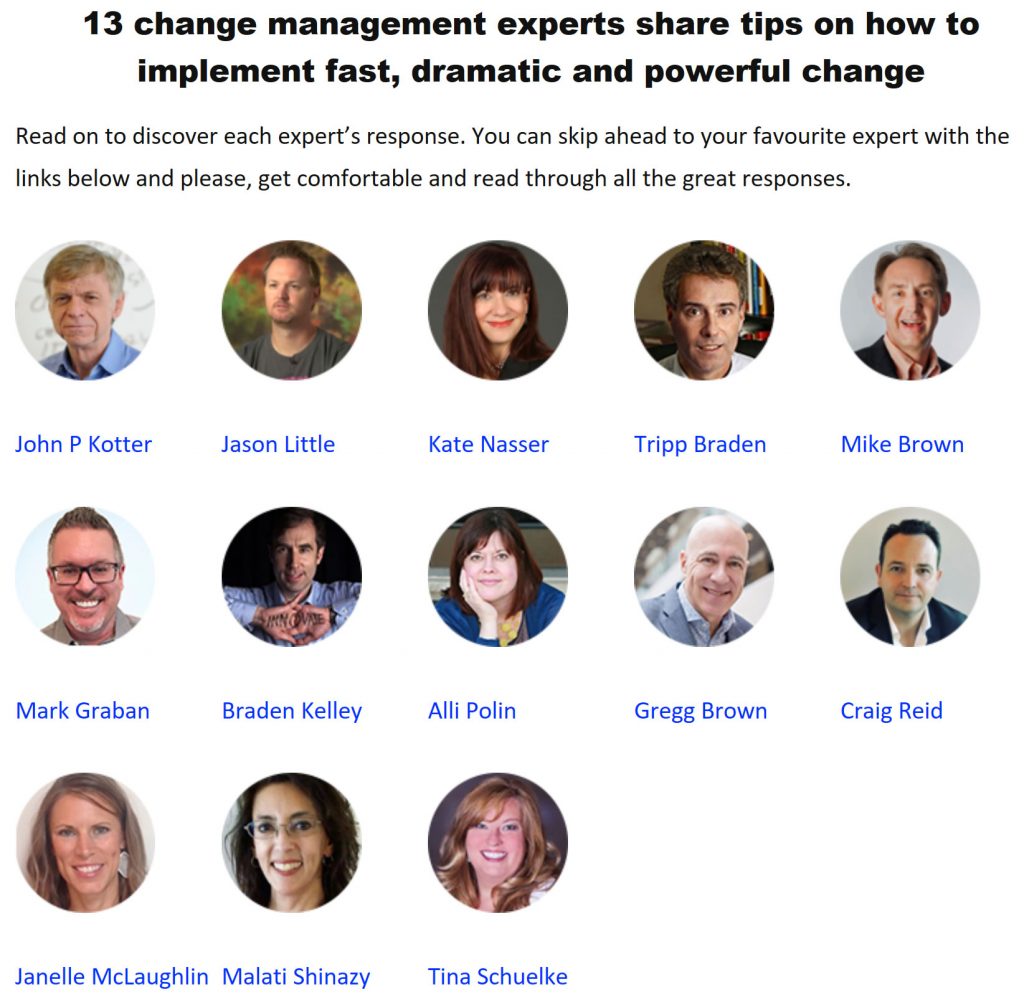
GUEST POST from Shep Hyken
I want this year to be your best year ever for creating amazing customer service and experiences. And for everything else, too! But as it applies to the customer experience, I thought it would be fun to share some ideas we need to do more of. With that, here are ten (10) ideas. Many, if not all, will apply to you and your business. Do more in 2024!
- Be more responsive – We start with one of my favorites. How fast do you respond to customers? Trust me, the faster you respond, the better. Customers appreciate a quick response. I often joke about a company that took four days to get back to me with an answer. If I wanted the answer in four days, I would have waited four days to ask the question! A speedy response creates confidence.
- Be more accountable – Don’t make excuses or blame others. Don’t deflect blame if a customer complains about something, even if it’s not your fault. It may not be your fault, but it’s now your opportunity to solve a problem.
- Be more flexible – Don’t be so rigid with rules unless they are legal rules. In most instances, the word guidelines are better than rules. You know where you want to go. Be flexible in your thinking when it comes to taking care of customers.
- Be more engaged – Your customers want to feel that you’re focusing on them. Actively listen and respond with questions that show you’re paying attention and want more information. Get customers to feel connected to you because they know you care.
- Be more consistent – I’m surprised when employees of the same company have different answers to the same question. Or when a company or brand delivers a great experience, but then the next time, it’s just okay. Consistency creates confidence, and confidence can lead to customer loyalty.

- Be more accessible – Make it easy for your customers to reach you in multiple ways: phone, email, text, app, and more. Today’s customers will reach out to you in the most convenient way. Today, they may call you. Tomorrow, they may email you. Regardless of the channel, you need to be there and meet their communication expectations.
- Be more convenient – Convenience is about being easy to do business with. It used to be a significant competitive differentiator. Today, it’s table stakes. It’s expected that your customer’s experience will be easy with little or no friction. Find ways to be easier to do business with, and customers will spend more money, won’t be as concerned about price, and most importantly, will come back!
- Be more proactive – When there’s a problem that you know about, reach out to your customers before they reach out to you. They might not even know there is a problem at all, and the fact that you were proactive builds confidence and trust.
- Be more transparent – Don’t hide important information in “fine print.” Be open about policies and anything you know the customer might question or simply not like. Have you ever been hit with a surprise fee? Of course, you have, and I’ll bet you didn’t like that surprise. You don’t want your customers to say, “I’m disappointed. I wish that you told me about that in the beginning.”
- Be more memorable – Let’s close with a powerful one. When I’m hired to do a customer service keynote speech, my walk-on music is Bonnie Raitt’s hit song, Let’s Give Them Something to Talk About. That’s what I want you to do with your customers. Give them something (good) to talk about. Why? Because when you give them a memorable experience, it will make them say, “I’ll be back!”
Image Credits: Shep Hyken, Pexels
![]() Sign up here to join 17,000+ leaders getting Human-Centered Change & Innovation Weekly delivered to their inbox every week.
Sign up here to join 17,000+ leaders getting Human-Centered Change & Innovation Weekly delivered to their inbox every week.

